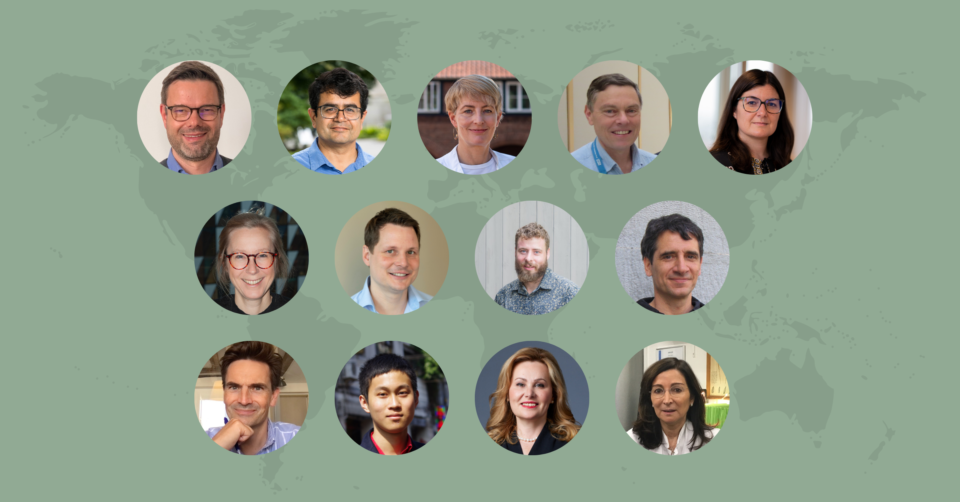21 June 2023
From unique and pioneering “backpack” technology aimed at treatment of dermal wound healing, to clinical research into cutaneous dystrophic calcinosis, to B cells’ role in Hidradenitis suppurativa – in the highest ever awarded round of research grants in open competition, the LEO Foundation grants over DKK 38 million (EUR 5 million) to 13 new research projects.
A total of 13 projects have received grants in the latest round of the LEO Foundation’s research grants in open competition, the highest awarded individual round in the LEO Foundation’s history. Numerous countries are represented by an international spread of grantees, hailing from the USA, Sweden, Denmark, Switzerland, and Spain.
The round also sees the return of previous grantees for renewed funding of research. Senior Lecturer Peter Arkwright, from the University of Manchester, receives his third grant for investigation of recently discovered anti-inflammatory bacterial substances and their potential therapeutic value in atopic dermatitis. Professor Emma Guttman, from Icahn School of Medicine at Mount Sinai, USA, also returns for additional support of her research into eczema – currently with an aim of improving the understanding of the molecular basis of chronic hand and foot eczema.
Research grants in open competition are awarded to the best dermatology projects worldwide, and the latest round acknowledges a group of excellent researchers with the aim of providing a boost to dermatology research around the globe.
A glance into the projects
One of the 13 projects to receive funding is that by Professor Samir Mitragotri, from Harvard John A Paulson School of Engineering and Applied Sciences, USA. Samir Mitragotri looks to investigate the process of wound healing and considers the highly innovative “backpack” technology’s potential to offer a new approach here. The technology, pioneered by Samir Mitragotri and his team, consists of polymer micro-disks (or “backpacks”) that carry anti-inflammatory agents. The expectation is that these “backpacks”, when adhered to macrophages, can provide a unique advantage and treatment for dermal wound healing, and the innovative technology has exciting long-term prospectives.
Chief consultant and Associate Professor Mette Mogensen from the Department of Dermatology at Bispebjerg and Frederiksberg Hospital, Denmark, also receives a grant for her clinical research into cutaneous dystrophic calcinosis (DC) – a condition which causes severe skin ulcerations and pain in patients with systemic sclerosis (SSc). Mette Mogensen seeks to address the lack of efficient treatment options by pursuing four complementary approaches, with the aid of recruited patients from Bispebjerg Hospital (Copenhagen), Rigshospitalet (Copenhagen), and Skejby University Hospital (Aarhus). Dystrophic calcinosis is a very painful condition which negatively impacts the quality of life of those living with systemic sclerosis, and Mette Mogensen’s project offers the potential to create an effective and targeted treatment for all dystrophic calcinosis patients globally.
Another project to receive funding is that by Assistant Professor Joshua Moreau from Oregon Health & Science University, USA. Joshua Moreau’s proposed research is exciting for its novel focus on the potential role of B cells in the inflammatory skin disease Hidradenitis suppurativa (HS) – a relatively widespread disease of painful and debilitating character, due to the highly inflamed lesions it causes. The role of B cells in such skin diseases is currently not very fully understood, and Joshua Moreau’s project offers potentially novel and important insights into Hidradenitis suppurativa. The hope is that the project’s findings can fuel future research proposals aimed at developing improved skin-specific immunotherapies that minimize systemic side effects for Hidradenitis suppurativa patients.
Read more about all 13 research projects below and gain an understanding of each of their potential footprints upon the global scene of research into skin and skin diseases.
Ana Giménez-Arnau
Dermatologist, Hospital del Mar, Spain, DKK 490,000
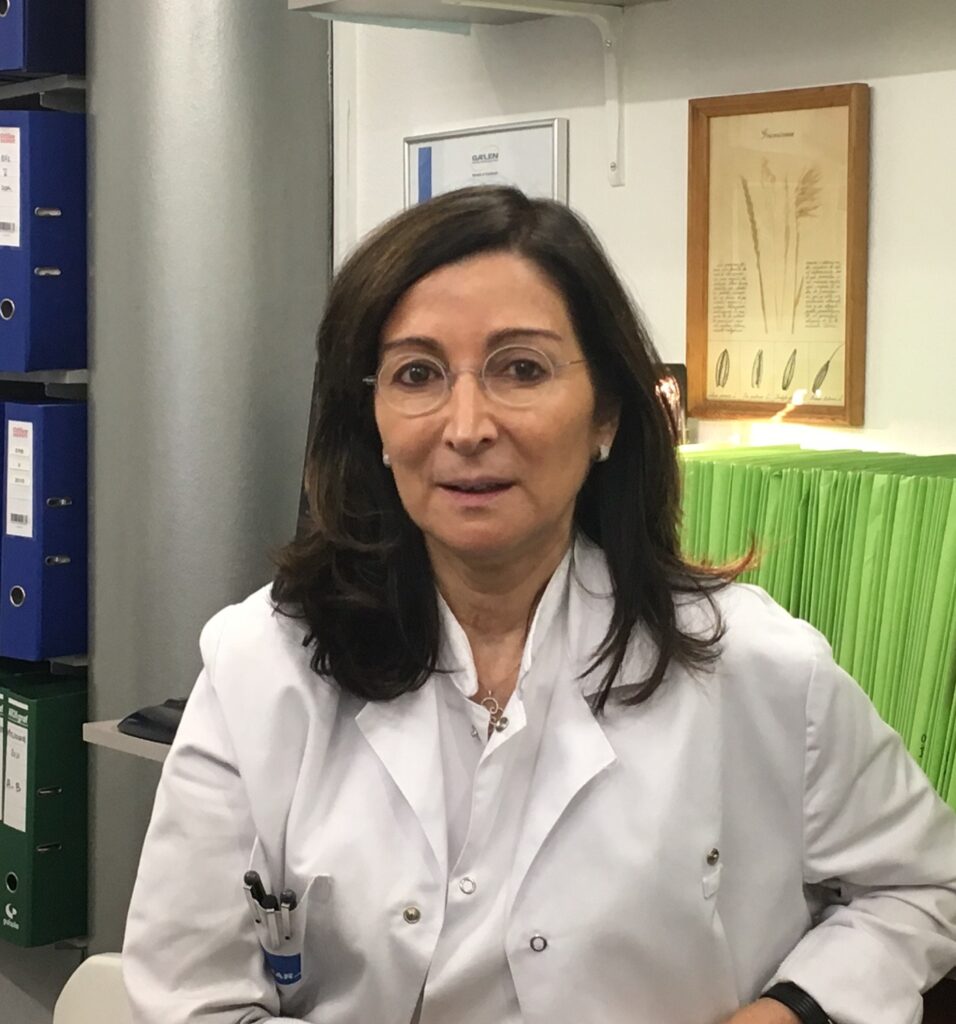
A transcriptomic analysis study of patch test-induced allergic contact dermatitis to methylisothiazolinone, diazolidinyl urea, isoeugenol, nickel and 2-hydroxyethylmethacrylate
Allergic contact dermatitis (ACD) is a frequent skin condition associated with significant loss of quality of life. Finding specific biomarkers has emerged as a relevant challenge to improve the diagnosis of patients and unravel therapeutic alternatives.
Recent findings have highlighted the existence of allergen-specific transcriptomic fingerprinting (i.e., genetic patterns that enable unambiguous identification of entities – here allergens). However, to date only a few studies have been performed comparing a wide range of different allergens.
In the proposed project, Ana Giménez-Arnau, along with colleague David Pesqué, plans to make a gene expression analysis of biopsies from patch-induced ACD by methylisothiazolinone, diazolidinyl urea, nickel, isoeugenol and 2-hydroxi-ethylemetacrylate. Specifically, Ana Giménez-Arnau and her team will evaluate the presence of allergen-specific genetic fingerprinting, if common biomarkers between allergens can be identified, if there are transcriptomic changes depending on the biopsy timing and finally, they will correlate the results with the characteristics and intensity of inflammatory infiltrates and the level allergic reaction of the patch-induced ACD.
This prospective investigation will be based on recruitment of patients with ACD to the indicated allergens and includes two single patch tests containing the standard commercialized allergen and one single patch test with petrolatum (positive control) to be applied on day 1. Two biopsies will be taken on day 3 (one from the petrolatum patch and one from the first allergen patch). The final biopsy will be taken on day 5 from the remaining allergen patch.
Collectively, the project will provide insights to the genetic characteristics of allergic contact dermatitis and may provide a foundation for identifying common or allergen-specific treatment targets.
Chiwei Xu
Postdoc, Rockefeller University, USA, DKK 2.9m
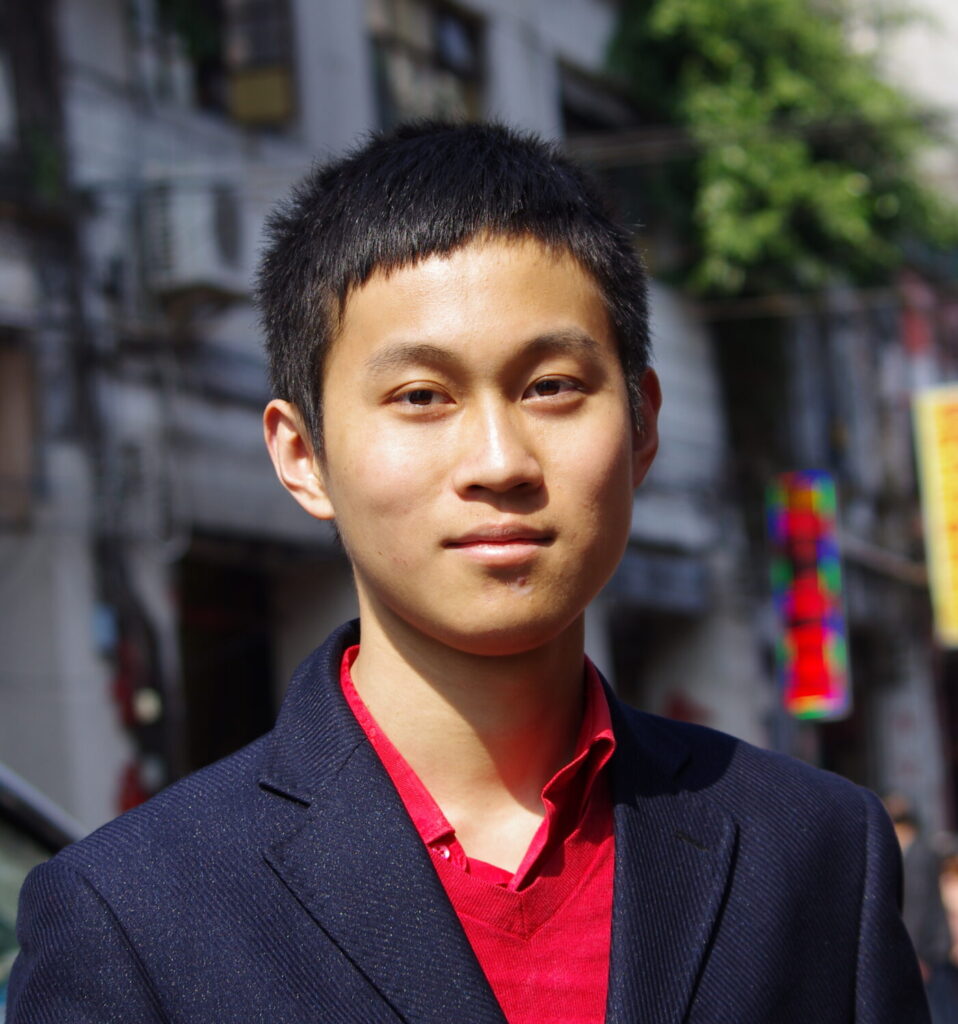
Orchestration of sensory innervation by hair follicle stem cells and its implication in cutaneous neuropathy
Charles (Chiwei) Xu’s project aims to investigate the molecular basis for cutaneous neuropathies (i.e., sensation of pain, numbness or fatigue caused by neural damage).
Mouse skin contains a dense network of nerve endings and is a good system to study interactions between the peripheral nervous system and barrier tissues in mammals. Intriguingly, axons (the elongated, signal-transducing sections) of sensory neurons are closely associated with hair follicle stem cells (HFSCs) in the skin, and Charles Xu has identified ligand-receptor pairs that mediate signaling between the two cell types. Specifically, he has identified the HFSC-derived parathyroid-hormone-like hormone (Pthlh) as a top candidate factor required for sensory innervation. Charles Xu has also established that Pthlh signals through the receptor Pth1r in sensory neurons. To further study crosstalk between HFSCs and sensory neurons, he has established a 3D co-culture system of these cells. Using that system, he aims to further characterize Pthlh-Pth1r signaling in the context of direct HFSC-sensory neuron interactions in vitro. He also aims to investigate the physiological relevance in an in vivo mouse model. In doing so, Charles Xu and his team aim to establish a versatile technical platform to study cutaneous neuropathies, which are common disorders where there is currently a lack of both mechanistic understanding and effective treatment.
Emma Guttman
Professor and Chair, Icahn School of Medicine at Mount Sinai, USA, DKK 3.4m
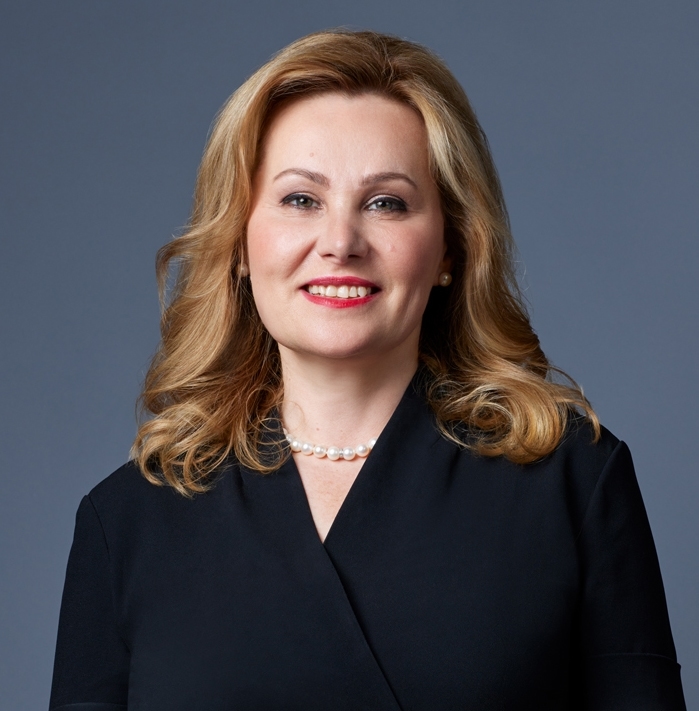
Towards a better understanding of the chronic hand-and-foot eczema spectrum via a multi-omics tape-strip characterization
The project of Emma Guttman aims to develop an improved understanding of the molecular basis of chronic hand and foot eczema to guide future treatment approaches.
Chronic hand and foot eczema is a highly prevalent disorder, affecting up to 15% of the overall population, and represents an enormous socio-economic and psychosocial burden. The condition is often refractory to conventional treatments. In addition, chronic hand and foot eczema shows considerable inter- and intra-patient heterogeneity, further complicating treatment options.
Importantly, overall pathophysiological mechanisms are still only insufficiently understood, as skin biopsies from these areas are very difficult to obtain due to the location in which it may implicate local pain, wounds, and visible scars. Thus, better sampling methods are urgently needed.
Emma Guttman and her team propose to use tape stripping, a non-invasive method that targets the outermost layers of the skin, to collect lesional and non-lesional skin samples. Through a multi-omics approach, including transcriptomic (looking at gene expression) and multiplex proteomic methods (looking at active proteins), these samples will be used for improved molecular and genetic understanding of chronic hand and foot eczema. Their study will include samples from adult patients with different forms of chronic hand and foot eczema, stratified for specific locations, severity, and clinical subtypes. Results will be compared to matched healthy control individuals.
If successful, results obtained from Emma Guttman’s investigation may identify disease-causing factors specific for chronic hand eczema subsets and locations, that could guide future targeted treatment approaches in a more personalized or stratified manner.
Hans-Dietmar Beer
Principal Investigator, University Hospital Zürich, Switzerland, DKK 2m
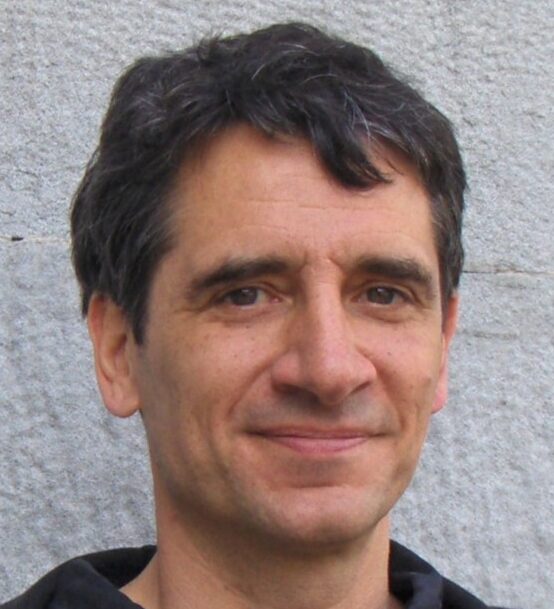
The NLRP1 inflammasome in keratinocytes: A novel target for the treatment of inflammatory skin diseases
This project by Hans-Dietmar Beer aims to elucidate the molecular mechanisms associated with NLRP1 inflammasome activation in keratinocytes in inflammatory skin conditions.
Inflammasomes are protein complexes, which are mainly expressed by immune cells. Upon detection of stress factors, they regulate activation of the proinflammatory cytokine proIL-1β and its release to the extracellular environment, thereby inducing inflammation. Inflammasomes are required for initiation of normal immune responses, however, their chronic activation also underlies the pathogenesis of numerous inflammatory diseases.
The epidermis, the outermost layer of our skin, represents the first line of defense of the human body and consists of densely packed layers of keratinocytes. These cells express high levels of all proteins of the NLRP1 inflammasome. To address the roles of this inflammasome in human skin, Hans-Dietmar Beer and his team previously activated NLRP1 in keratinocytes cultivated together with dermal fibroblasts (connective tissue cells) in a three-dimensional (3D) organotypic skin model and found that NLRP1 activation induced an altered tissue phenotype and activation of pathways associated with inflammatory skin diseases. Most importantly, the team also detected inflammasome activation in keratinocytes in biopsies of patients suffering from these conditions.
The preliminary results suggest that inhibition of NLRP1 activation in keratinocytes might represent a novel therapeutic strategy for patients with certain inflammatory skin diseases and the current proposal seeks to investigate this hypothesis in more detail.
Hans Wandall
Professor, MD, PhD, University of Copenhagen, Denmark, DKK 3.2m

Dysregulated immune homeostasis through altered glycans in inflammatory skin diseases
Hans Wandall’s project aims to investigate the potential role of sugar molecules (glycans) in inflammatory skin diseases.
Several skin diseases, including atopic dermatitis, contact dermatitis, and psoriasis, are caused by a cascade of inflammatory events localized to the epidermis and the dermis.
Based on substantial preliminary findings showing dysregulation of glycosylation (sugarcoating) of the cells in the skin of patients with inflammatory skin diseases, Hans Wandall and his team hypothesize that carbohydrate receptors on immune cells recognize inflammation-induced glycan changes and induce a vicious cycle that aggravates inflammatory skin diseases in susceptible individuals.
They will investigate this through a three-pronged approach: 1) characterize the glycosylation patterns of skin samples obtained from patients diagnosed with contact dermatitis, psoriasis, and atopic dermatitis, and also analyze glycosylation patterns on human keratinocytes and fibroblasts from skin-inflammation models based on human 3D organ-like skin systems with exogenous cytokines and inflammatory cells and samples from murine models of inflammatory skin diseases. 2) Next, they will co-culture immune cells with keratinocytes ablated for select glycosylation pathways to define the functional role these in relation to glycan changes, and finally, 3) analyze the importance of key immune receptors sensing the glycan changes.
Through the investigations, the project will systematically evaluate the role of glycans in inflammatory skin diseases with a promise to provide new targets for interventions.
Joshua Moreau
Assistant Professor, Oregon Health & Science University, USA, DKK 2.2m
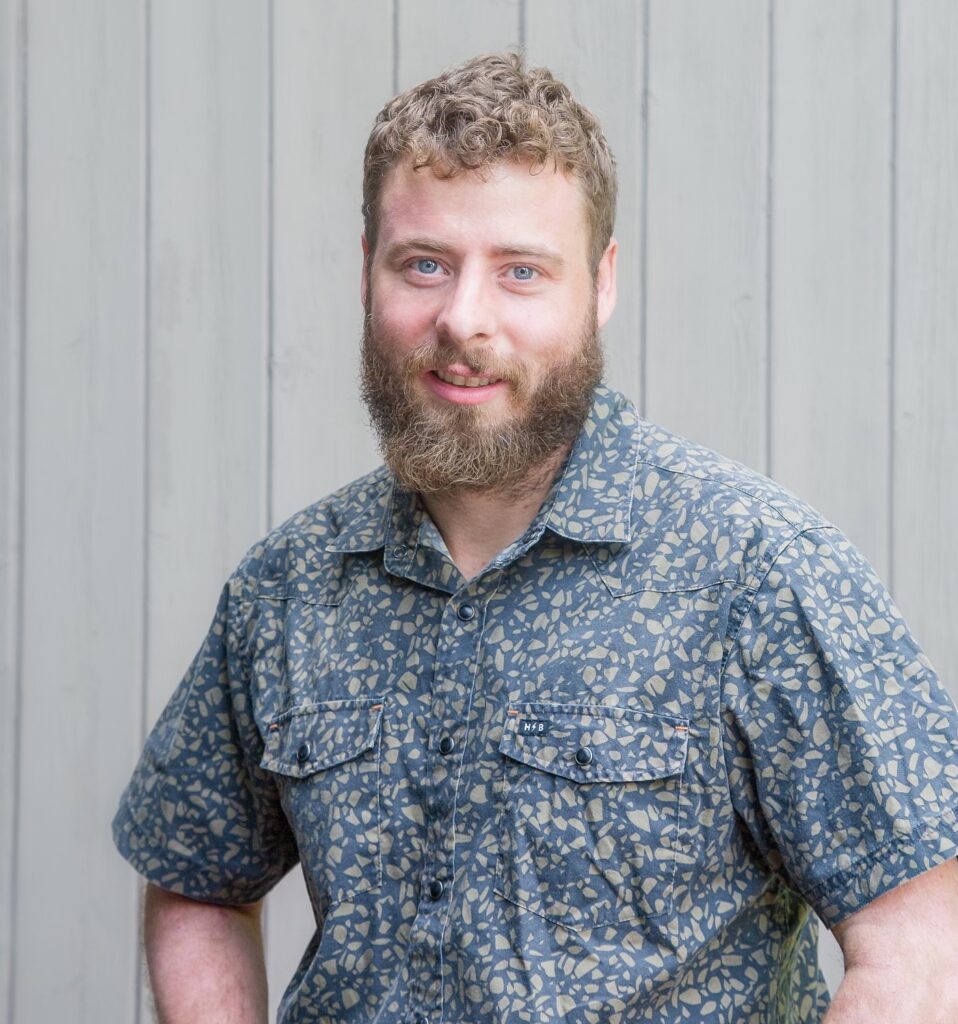
Unravelling B cell dynamics in hidradenitis suppurativa pathogenesis
Joshua Moreau’s project investigates the potential role of B cells (antibody-producing immune cells) in the inflammatory skin disease, hidradenitis suppurativa to create a foundation for future therapeutic approaches.
Hidradenitis suppurativa (HS) is a painful skin disease characterized by highly inflamed lesions. While the causes of lesion progression are not well understood, this inflammation is often marked by accumulation of an immune cell subset called B cells. In certain contexts, B cells cause damage to the body and perpetuate inflammatory responses, however, for this to happen these cells need to undergo a process of maturation to become antibody-producing plasma cells. In this project, Joshua Moreau aims to understand if B cells accumulating in HS affected skin mature into disease perpetuating plasma cells.
To do this, Joshua Moreau and his team will utilize a technique called spatial transcriptomics technology that allows them to track B cell maturation across a skin sample. This, in turn, will allow them to determine if plasma cells originate at the site of inflammation in the skin.
Additionally, the team will explore avenues for blocking B cell maturation specifically within the skin using advanced human skin tissue culturing approaches.
Collectively, these experiments may provide currently missing insight into the disease-causing potential of B cells in HS and form a foundation for targeting them therapeutically.
Kilian Eyerich
Chief Physician, Karolinska Institutet, Sweden, DKK 2m
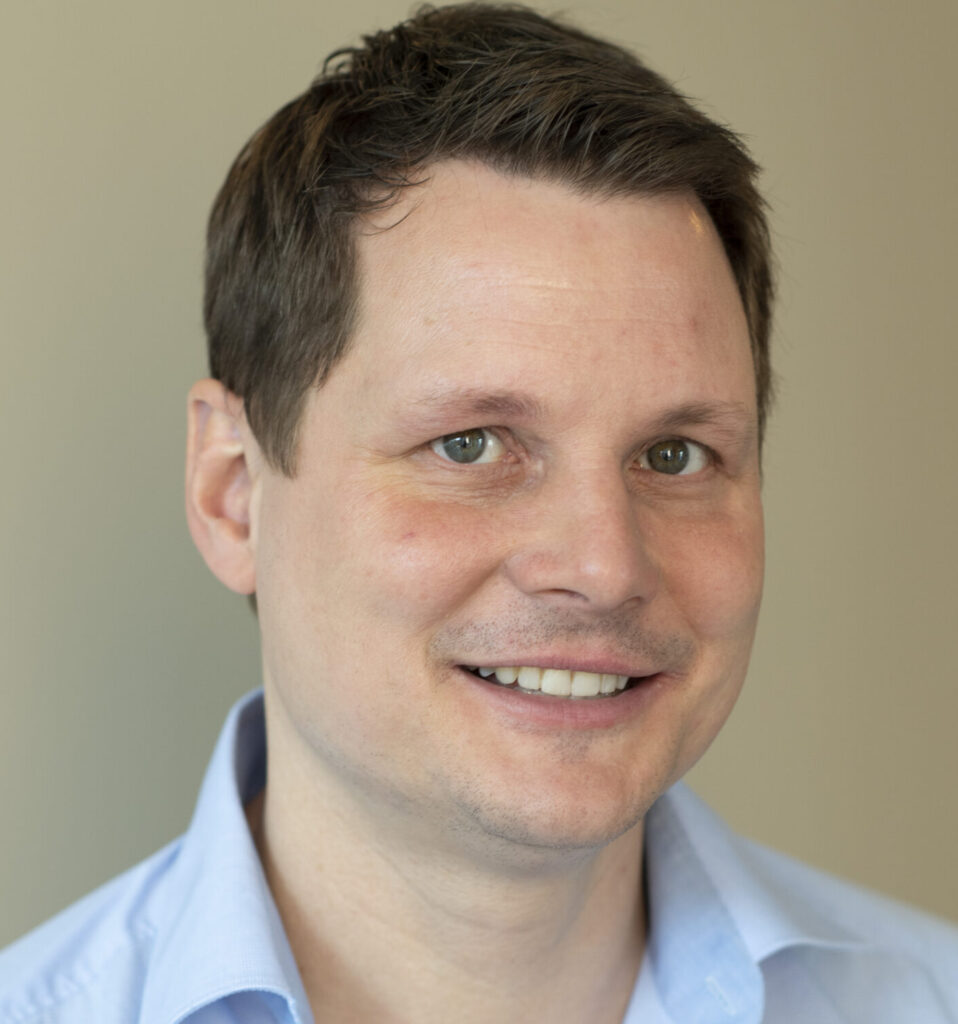
Understanding the role of FOXO4-mediated regulatory network in the biology of Th22 cells
Kilian Eyerich’s project aims to investigate the role of the transcription factor FOXO4 in the development of a specific type of T cells – the Th22 cells.
Th22 cells are a distinct subset of CD4+ T helper cells, and their effector cytokine IL-22 plays a protective role in barrier homeostasis by regulating innate immune responses, antimicrobial defense mechanisms, and wound healing. The natural differentiation of naive CD4+ T cells into the Th22 lineage and production of IL-22 by these cells is a multifactorial process that is not yet fully understood. In this project, Kilian Eyerich, along with colleague Kunal Das Mahapatra and team, will investigate the hypothesis that the transcription factor FOXO4 is a novel regulator of IL-22 production in Th22 cells. Pilot data show that FOXO4 is upregulated in human skin derived Th22 clones. It has a pattern of early induction and steady increment during Th22 differentiation, which is governed by the cytokines IL-6 and TNF-a. Moreover, the team has shown that silencing FOXO4 in naive T cells in a
Th22-inducing condition leads to reduced IL-22 secretion and that there is a protective effect of this regulation on epithelial cells, as observed in a scratch assay where keratinocytes, cultured in the supernatant from FOXO4-depleted T cells, migrated less efficiently.
The proposed project therefore aims to perform a deeper characterization of FOXO4 in Th22 cells by systematically identifying FOXO4-regulated genes, downstream pathways, and potential co-factors. In addition, the extrinsic role of FOXO4 on keratinocytes and skin wound healing will be assessed by ex vivo assays and analysis of multi-omics data from human patients.
Taken together, this project may offer novel insights into the regulatory processes in development and function of Th22 T cells.
Mariaceleste Aragona
Associate Professor, Novo Nordisk Foundation Centre for Stem Cell Medicine, Denmark, DKK 4m

Unravel fibroblast-epithelial crosstalk supporting keratinocytes self-renewal to improve skin graft production.
In this project Mariaceleste Aragona, in collaboration with Elena Enzo (University of Modena and Reggio Emilia, Italy), aims at the optimization of skin graft production for regenerative and replacement purpose.
Skin grafts for transplantation purposes are generated from epidermal stem cells. These regenerative therapies are life-saving procedures and have been demonstrated to be successful and safe for the treatment of burns and severe genetic diseases. Long lasting skin regeneration requires the correct amount of stem cells (SCs) in the graft. However, the treatment of large burns or skin replacement therapy in elderly patients are still challenging.
In such situations, the limited area of donor sites, and the physiological reduction of the number of SCs results in insufficient availability of SCs for graft production. A way to efficiently produce more SCs is to enforce their self-renewing – the process of generating more SCs – capacity.
A condition that forces SCs to increase their self-renewal capacity is tissue stretching. In this project, Mariaceleste Aragona aims to generate a comprehensive atlas of the changes occurring in space and time during tissue stretching. Based on this atlas, they will elucidate the signaling molecules instructing SC’s self-renewal and identify options to target such molecules. This knowledge will be used to develop cell culture conditions to ameliorate skin graft productions for clinical application.
Collectively, such insights will provide new fundamental knowledge on the biology of SCs and this approach may improve the clinical success of skin regenerative and replacement therapies to the benefit of patients.
Maria Genander
Assistant Professor, Karolinska Institutet, Sweden, DKK 4m
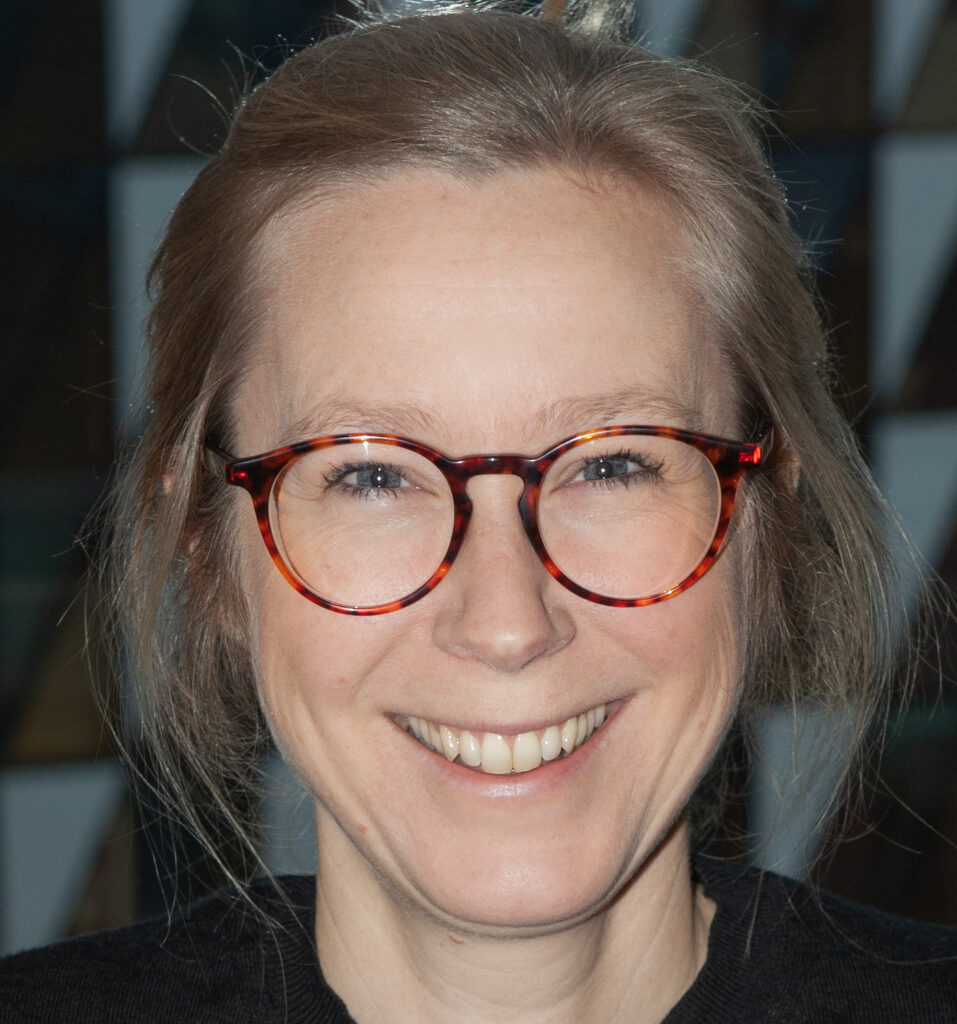
Citrullination in hair growth and alopecia
Maria Genander’s project aims to understand the physiological role of the enzymes PADI3 and PADI4, which convert the amino acid arginine to citrulline, in normal hair growth – to ultimately better understand the changes that happen during unwanted hair loss, alopecia.
Hair follicle (HF) growth, leading to the generation of the hair shaft, requires coordinated development of the cells that make up hair. Protein modifications act to fine-tune the action of the signaling that leads to cellular maturation and differentiation and impacts directly on the properties of structural proteins required for hair formation. In this project, Maria Genander and her team investigate the expression of the protein-modifying enzymes PADI3 and PADI4 in the HF to understand the functional impact of PADI-mediated citrullination on cell differentiation and hair growth. Preliminary data indicate that PADI4 restricts proliferation of HF progenitor cells committed to the hair shaft lineage. Using sophisticated methodology, they aim to decipher mechanistically how PADI4 influences HF lineage progression. In addition, they will use in-utero lentiviral injections in mice to probe the function of PADI3a and PADI3b to understand how distinct PADI3 isoforms impacts hair formation and the development of alopecia.
Collectively, Maria Genander’s work will focus on addressing citrullination in hair follicle growth and hair formation. Understanding normal hair follicle development is a prerequisite for development of therapeutic strategies targeting alopecia.
Mette Mogensen
Chief consultant, Associate professor, Bispebjerg and Frederiksberg Hospital, University of Copenhagen, Denmark, DKK 3.3m
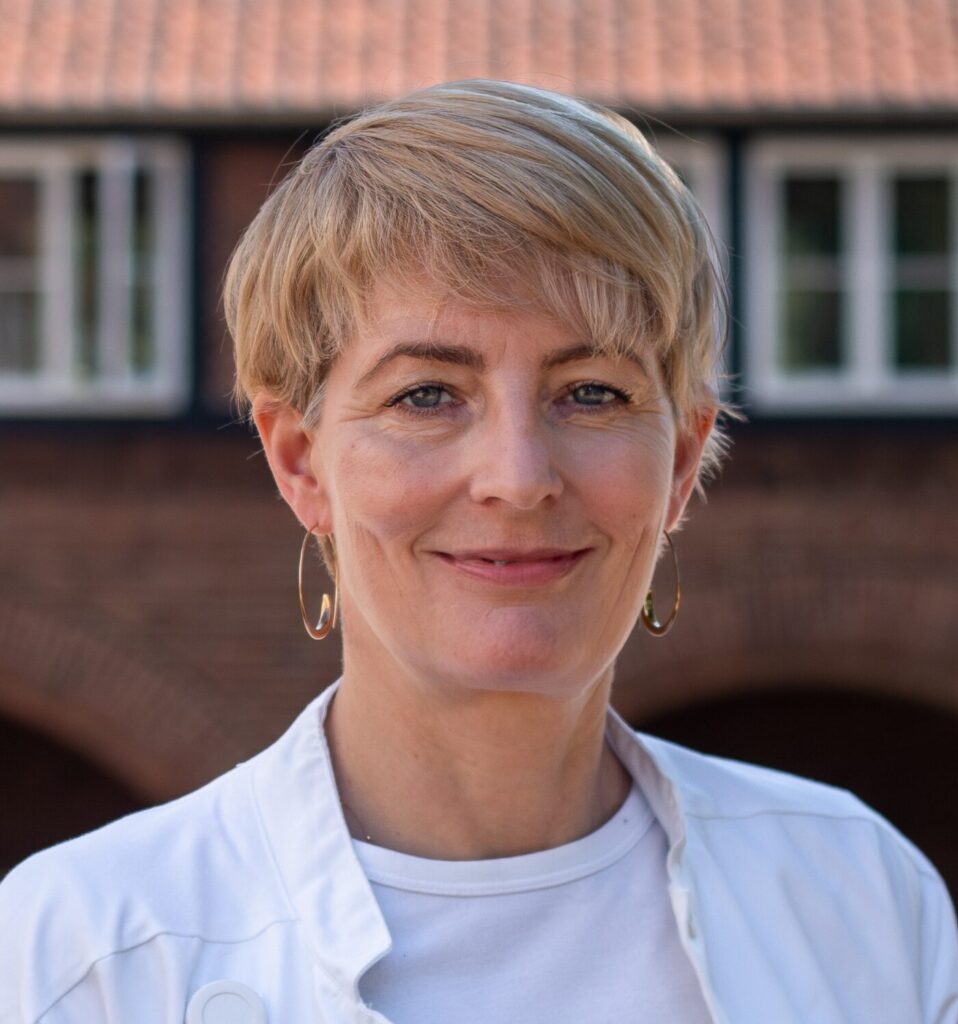
Curing calcinosis: Dystrophic calcinosis in patients with Systemic Sclerosis undergoing treatment with Sodium Thiosulfate – Assessed by novel biomarkers and diagnostic imaging
This research project aims to synergistically improve patient treatment and improve understanding of the underlying biological and chemical mechanisms of cutaneous dystrophic calcinosis (DC) – a disease causing exaggerated deposition of calcium salts in skin.
These pathological calcifications cause severe ulcerations and pain in patients with systemic sclerosis (SSc) and negatively impact their quality of life. Today, reliable methods of quantifying the distribution, volume and composition of calcium crystal deposits are lacking.
Combining the expertise of data scientists and molecular biologists with medical experts in the field of radiology, dermatology, and rheumatology, Mette Mogensen and her team will create a new approach for quantifying calcium crystal deposits in skin and soft tissue in patients suffering from SSc, which is highly needed to monitor disease progression and potential treatment effects in future clinical trials. Several smaller studies have shown a potential for treating DC using sodium thiosulphate (STS). The aim of this study is to explore the characteristics of DC and investigate how STS treatment effects can be monitored over time with novel biomarkers (from blood and skin biopsies) and by advanced imaging technologies.
The vision is to cure calcinosis and the goal of this project is to increase quality of life for patients by development of an effective, targeted treatment that may offer therapeutic potential to all DC patients globally.
Peter Arkwright
Senior Lecturer, The University of Manchester, UK, DKK 4.2m
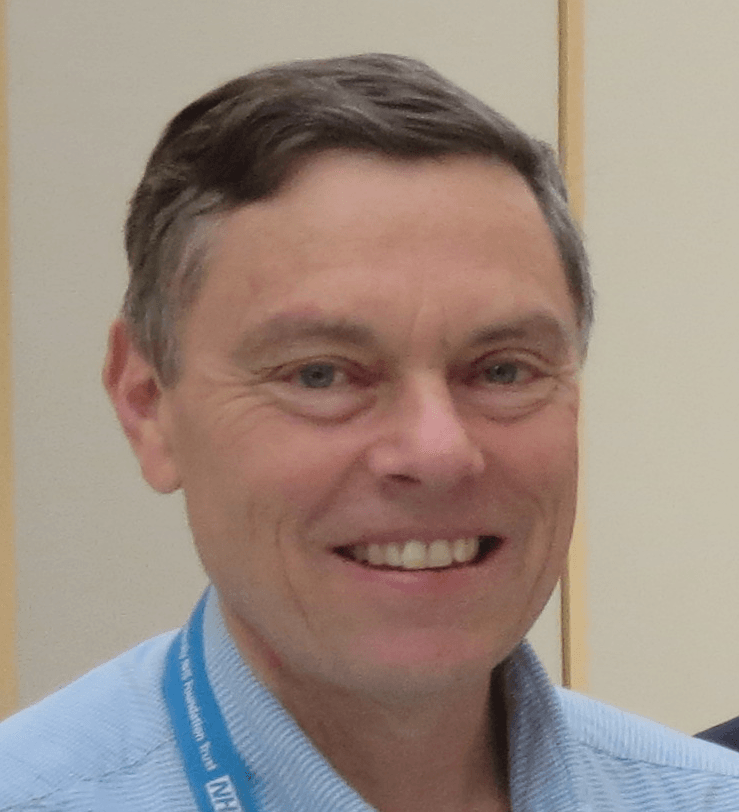
Skin bacteria lipopeptides: key modulators of keratinocyte immune responses and atopic dermatitis
Dr Peter Arkwright’s project aims to functionally characterize a group of recently discovered anti-inflammatory bacterial substances and investigate their potential therapeutic value in atopic dermatitis.
Staphylococcus aureus is unique in being the only bacterial species that consistently triggers flares in atopic dermatitis (AD). In previous work, also supported by the LEO Foundation, Dr Peter Arkwright, Dr Jo Pennock, and their team at the University of Manchester discovered “Sbi” as the unique factor produced by this bacterium that initiates AD in skin cells. Recently, they have identified factors produced by skin bacteria that completely block Staphylococcus aureus-induced AD, both in the lab and in an eczema mouse model. These factors are small, stable chemicals, made up of both fats and small proteins (lipopeptides).
In a collaboration with Professor Hiroshi Matsuda and Professor Akane Tanaka in Tokyo, Japan, they will apply lipopeptides derived from different bacteria to the skin of mice with AD to determine which are most effective at reducing the clinical dermatitis, itch, and skin damage. They will also explore how these factors work, using cell, protein, and lipid staining techniques. By purifying and characterizing these chemically stable immunosuppressive lipopeptides it is hoped that promising candidates identified here can be taken forward into clinical trials to develop novel therapies for AD.
Samir Mitragotri
Professor, Harvard John A Paulson School of Engineering and Applied Sciences, USA, DKK 4m
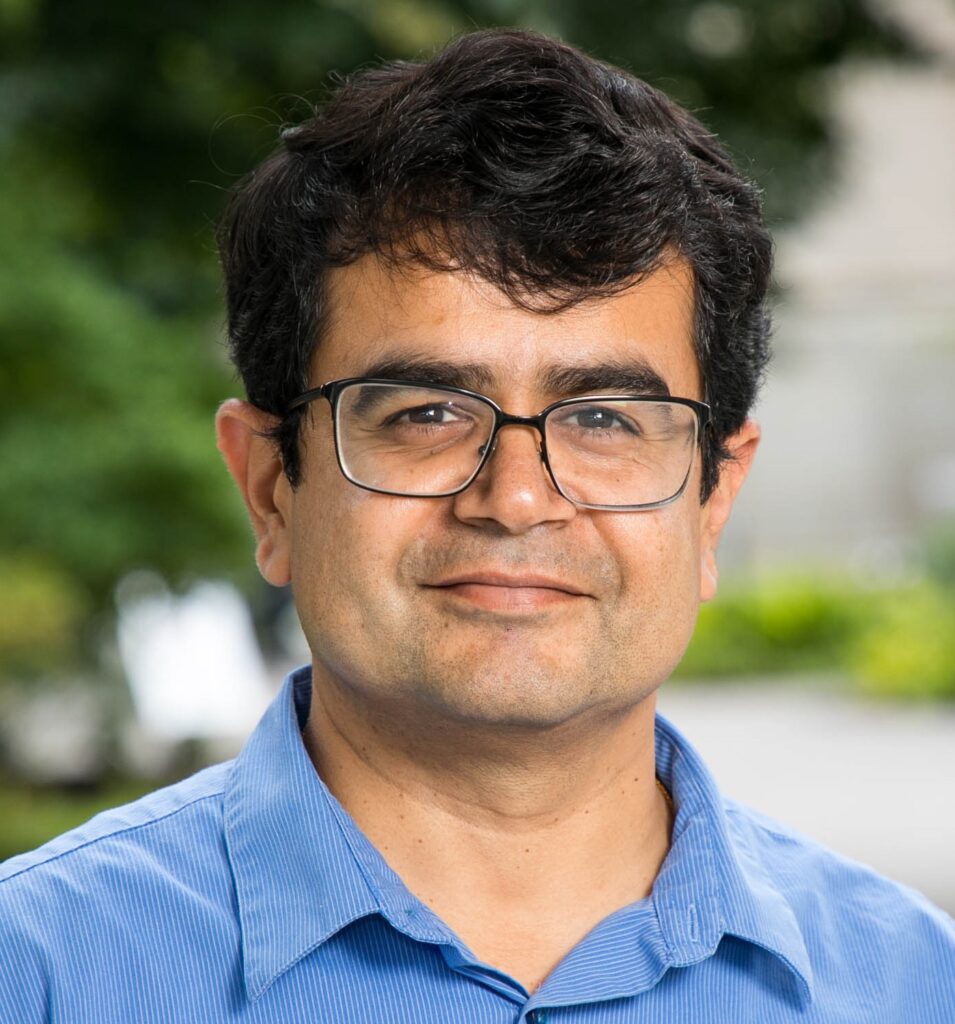
A Backpack-based Macrophage Therapy for Dermal Wound Healing
Macrophages, especially anti-inflammatory macrophages, are essential biological players in the process of dermal wound healing. However, maintaining an M2 phenotype within the inflamed wound microenvironment is quite challenging due to secretion of inflammatory cytokines from the wound. To overcome this limitation, Samir Mitragotri and his team have invented polymer micro-disks (“backpacks”) that carry potent anti-inflammatory agents. These “backpacks” are uniquely designed to possess a discoidal shape which keeps them attached to the monocyte/macrophage surface without them being taken up by the cell, and ensures continuous delivery of the anti-inflammatory agents to the cell carrying the backpack without elevating systemic drug concentrations. The project aims to develop a protocol to deliver such “backpack”-laden monocytes only once into the wound, where they can differentiate into macrophages and maintain themselves in the anti-inflammatory phenotype for an adequate time period to induce wound healing. The “backpack” technology has been pioneered by Samir Mitragotri and his lab. This novel strategy appears to have a unique advantage to control macrophage phenotype only for a pre-determined time, thus representing a promising new approach to dermal wound healing treatment.
Ulrich auf dem Keller
Professor, Technical University of Denmark, Denmark, DKK 2.9m
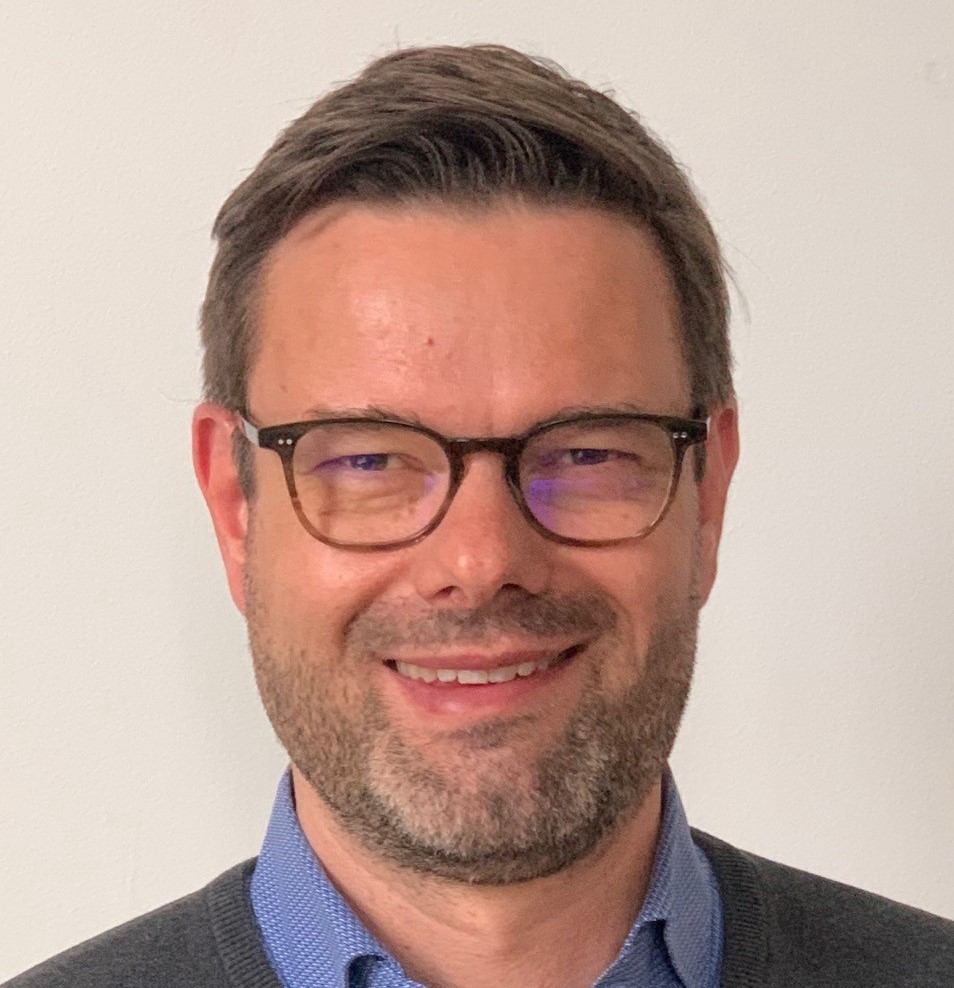
Outside-to-inside: understanding aberrant proteolysis in primary barrier defects as drivers of atopic dermatitis
This project of Ulrich auf dem Keller aims to elucidate the potential role of a set of recently discovered proteins in atopic dermatitis that may contribute to disease development.
Atopic dermatitis (AD) is a chronic inflammatory skin condition that affects people of all ages. It is one of the most common skin diseases, affecting approximately 10-20% of children and 1-3% of adults worldwide. AD can be a frustrating and uncomfortable condition that can significantly impact a person’s quality of life.
Despite extensive research it is not fully clear, if AD is primarily caused by a defect barrier function of the skin, allowing uncontrolled entry of environmental allergens that trigger an immune response, or by immunological disorders that in turn weaken the skin’s protective barrier, exaggerating the disease in a vicious cycle. Most likely, both contribute to predisposition and development of AD, but there are differences between patients which call for customized therapies.
Together with basic skin researchers in Switzerland and dermatologists in Germany, Ulrich auf dem Keller has identified proteins in non-lesional skin of AD patients whose activities might impair skin barrier integrity mostly independent of an immune response. This project will use human skin models and advanced protein analytics to understand if and how they might exert these detrimental activities and thereby contribute to predisposition to AD in affected individuals. Moreover, they will test their findings in samples from AD patients with a long-term aim to contribute to new strategies for development of therapeutics as alternatives to frequently applied emollients in barrier repair therapy.
Application and evaluation process
The LEO Foundation has established a formal evaluation process with a panel of national and international external experts from the skin research community to assist the Board in ensuring that our grants are given to the best projects and the most qualified applicants.
All applications are evaluated by the LEO Foundation’s independent Scientific Evaluation Committee. Based on the evaluations by the Scientific Evaluation Committee, the final decisions on grants are made by the Board.
Next application round in 2023
The LEO Foundation calls for applications for research projects focusing on the skin and its diseases on an ongoing basis. This year’s round 2 is currently open for applications and closes on 23 June (16:00 CEST). The next application round after this is open from 01 August – 31 August 2023.
The competition is open to talented skin researchers at PhD level or above from any country. The typical grant amount applied for is DKK 2-4 million for a period of 1-3 years. Researchers who would like to apply for a LEO Foundation research grant can apply here.
Get an overview of current funding opportunities from the LEO Foundation here.
